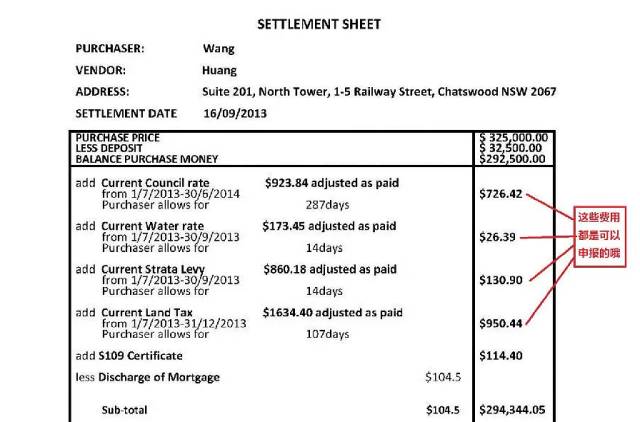Understanding Stock Loan Settlement: A Comprehensive Guide to Navigating the Process
Guide or Summary:Stock Loan SettlementWhat is Stock Loan?The Importance of SettlementSteps Involved in Stock Loan SettlementChallenges in Stock Loan Settlem……
Guide or Summary:
- Stock Loan Settlement
- What is Stock Loan?
- The Importance of Settlement
- Steps Involved in Stock Loan Settlement
- Challenges in Stock Loan Settlement
Stock Loan Settlement
Stock loan settlement refers to the process through which securities lending transactions are finalized. In the world of finance, stock loans are agreements where one party lends shares of stock to another party, often for short selling or other investment strategies. The settlement phase is crucial as it involves the transfer of the stock and the corresponding cash or collateral needed to secure the loan.
In this article, we will delve into the intricacies of stock loan settlement, exploring its significance, the steps involved, and the potential challenges that may arise during the process.
What is Stock Loan?
Before we discuss the settlement, it's essential to understand what a stock loan entails. A stock loan typically involves two parties: the lender, who owns the stock, and the borrower, who needs the stock for a specific purpose, such as short selling. The borrower pays a fee to the lender for the duration of the loan, and in most cases, collateral is provided to protect the lender against default. The collateral can be in the form of cash or other securities.
The Importance of Settlement
Settlement is a critical phase in the stock loan process. It ensures that both parties fulfill their obligations and that the transaction is recorded properly. A successful settlement reduces the risk of disputes and ensures that the lender receives their shares back at the end of the loan term, along with any fees agreed upon. Additionally, settlement helps maintain the integrity of the financial markets by ensuring that all transactions are completed accurately and transparently.

Steps Involved in Stock Loan Settlement
The stock loan settlement process typically involves several key steps:
1. **Agreement**: The borrower and lender agree on the terms of the loan, including the duration, fees, and collateral requirements.
2. **Collateral Management**: The borrower provides the agreed-upon collateral, which is often held in a segregated account to ensure its safety.
3. **Transfer of Securities**: The lender transfers the stock to the borrower’s account. This transfer must be recorded accurately to reflect the change in ownership.
4. **Monitoring**: Throughout the loan period, both parties must monitor the collateral value and ensure it remains adequate to cover the loan.

5. **Return of Securities**: At the end of the loan period, the borrower is responsible for returning the borrowed shares to the lender, along with any agreed-upon fees.
6. **Final Settlement**: The final settlement involves reconciling all transactions and ensuring that both parties have fulfilled their obligations.
Challenges in Stock Loan Settlement
Despite the structured nature of stock loan settlements, several challenges can arise. These include discrepancies in collateral valuation, delays in the transfer of securities, and potential defaults by the borrower. Additionally, regulatory changes can impact the settlement process, making it essential for both parties to stay informed about relevant laws and regulations.
In conclusion, stock loan settlement is a vital component of the securities lending process. Understanding the steps involved and the potential challenges can help both lenders and borrowers navigate the complexities of this financial transaction effectively. As the financial landscape continues to evolve, staying informed about stock loan settlements will be crucial for anyone involved in securities lending or investment strategies that rely on stock loans.